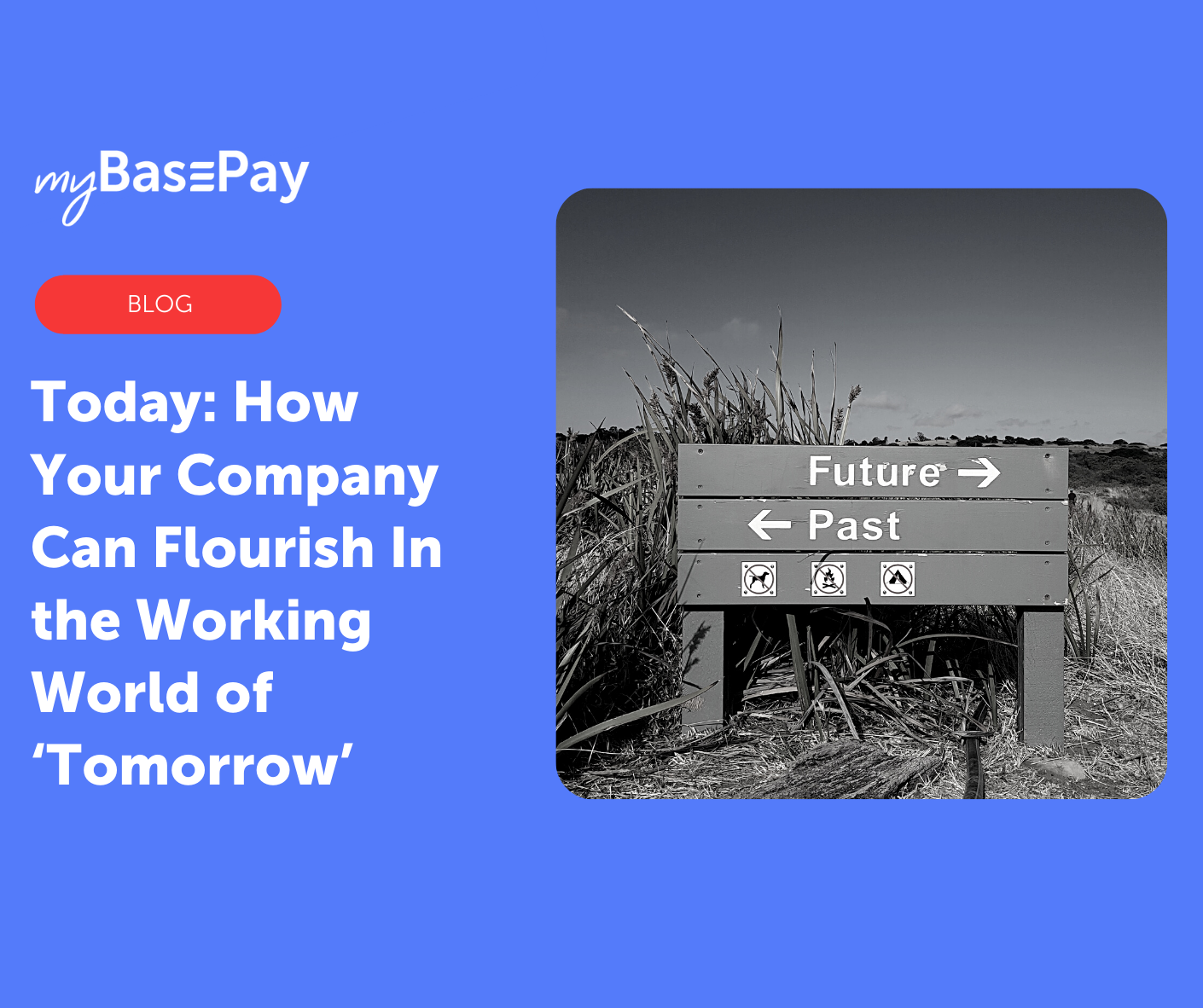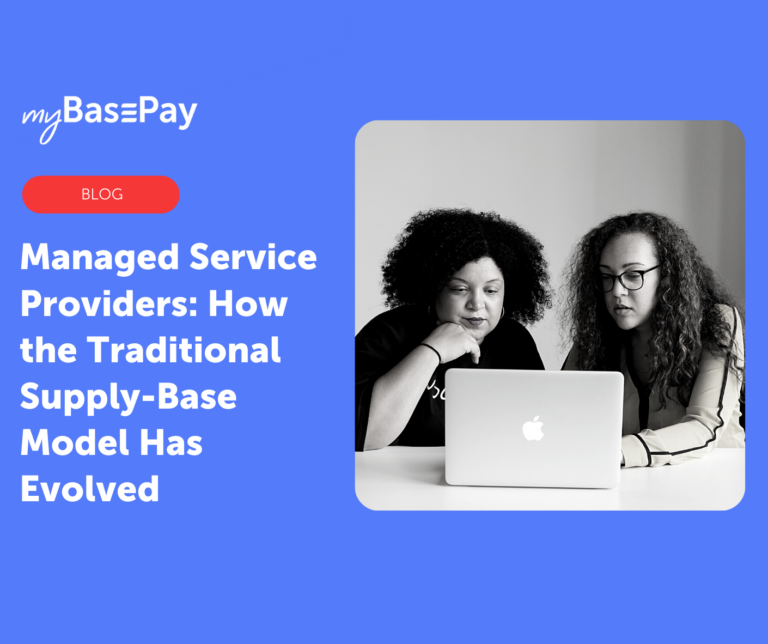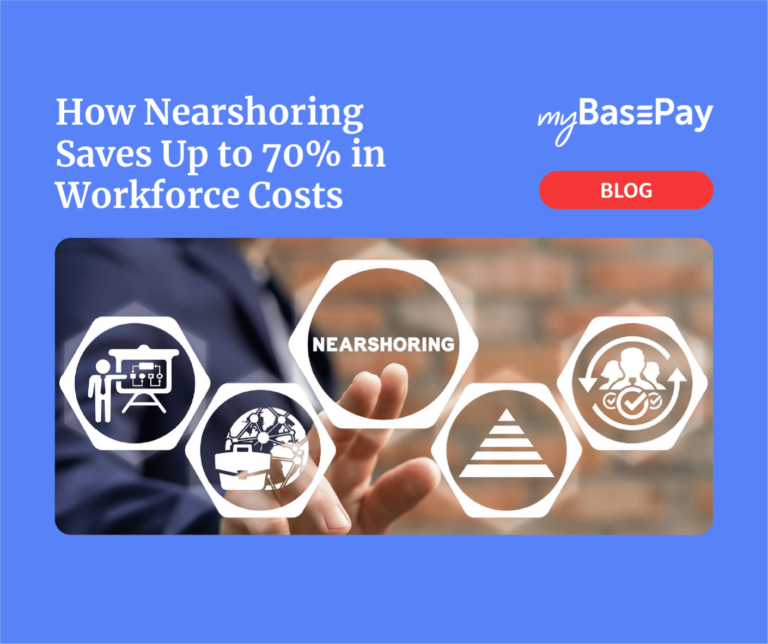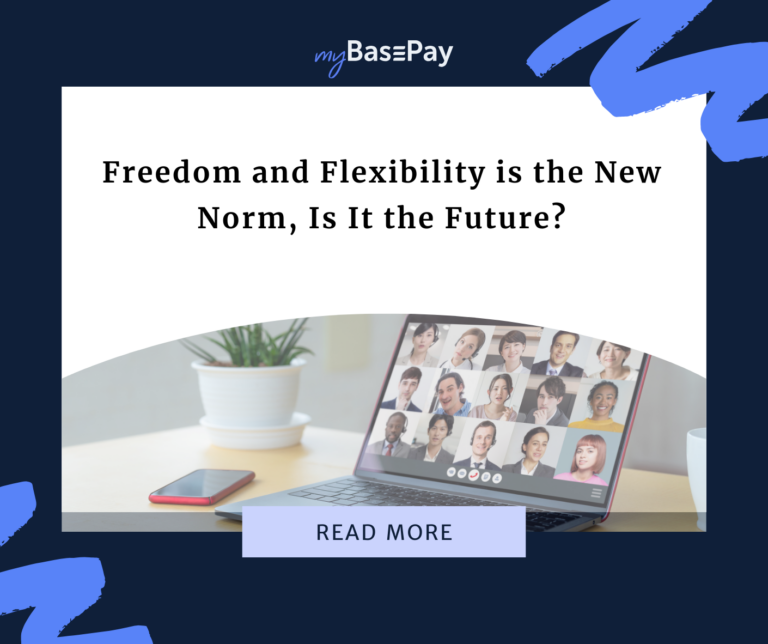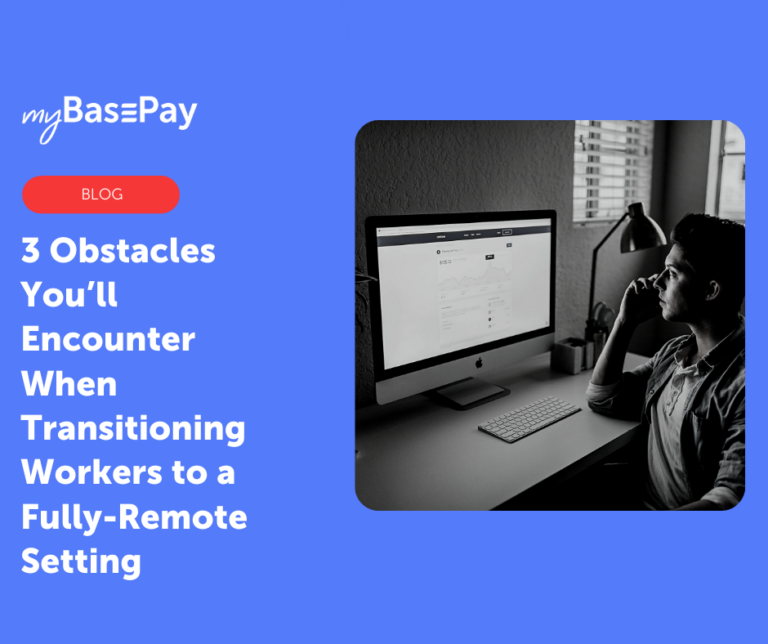Today: How Your Company Can Flourish In the Working World of ‘Tomorrow’
While no one can fully predict what the future may hold, there is no ignoring the signs of the times. The working world is changing rapidly. Freelancers are expected to become the majority of the U.S. workforce by 2027.
As of January 2022, 59 percent of workers who had jobs that could be performed remotely were teleworking all or most of the time. Of this group, 61 percent said they were doing this by choice — not because of an employer’s office being unavailable due to COVID or other factors.
The rise of remote work and the contingent workforce are already making their impact felt, and will continue to become even more pronounced in the years ahead. By taking preparatory steps now, your company can become more agile and better prepared to flourish under the “new normal” of the working world.
Adopt a Hybrid Workforce
Employing a blended workforce made up of both full-time employees and contingent talent can help your business thrive and become more efficient than ever before.
Typically, full-time employees manage core, key business activities that require everyday involvement. For activities that are less “central” to your operations but still needed to ensure growth and improve productivity, you can make use of contingent talent. While full-time employees may need to be in the office, contingent workers usually work remotely, which can greatly expand your reach as an employer.
A blended workforce can help reduce organizational costs associated with hiring additional full-time staff. Contingent workers who work remotely use their own equipment. You don’t need to expand your offices to make room for them. Nor do you need to provide health insurance or other benefits associated with traditional employment.
At the same time, using a hybrid workforce gives your organization access to specialized skill sets that fall outside the knowledge base of your full-time team members. These individuals can be used in an “on-demand” manner and hired for projects as needed. This allows you to scale your operations up and down based on your current operational requirements.
Leverage Technology to Your Advantage
The adoption of a hybrid workforce introduces new complexities in terms of onboarding and managing your freelancers. A sound freelance management is just one of many technology tools that may be needed to balance the new demands of the workforce.
Such systems can prove especially helpful for activities like direct sourcing, in which your company curates a private talent pool made up of freelancers, referrals, “boomerang employees” and even “silver medalist” candidates who weren’t hired for previous openings. A freelance management system can organize this talent based on desired skills, project budget or other factors, making it easy to source the right workers when you need to fill a project opening.
Technology can also prove essential in managing back-office issues that aren’t always top of mind for employers. For example, compliance can be a major concern when using a hybrid workforce. Worker misclassification can result in costly penalties from the IRS. Ensuring all workers are properly classified for tax purposes provides much-needed protection for your business.
In a related area, delays and disruptions in payment processing can create serious headaches for freelancers. Electronic payment systems that ensure timely and accurate payment will help you avoid disputes with contractors who don’t receive a typical paycheck.
By leveraging these and other technology options, you can speed up the onboarding process, improve the work experience for full-time and contingent workers and ensure that your business remains compliant with all applicable employment regulations. Technology that streamlines or automates important yet repetitive and error-prone tasks will give your team greater opportunities to focus on higher-level work that builds your employer brand.
Maximize Engagement
The so-called “Great Resignation” has changed many job-seekers’ mindsets. An April 2022 survey from Grant Thornton found that 21 percent of American workers had switched to a new job in the previous 12 months. Of that group, an astounding 40 percent were already actively seeking a new job. After 48 million people voluntarily left their jobs in 2021, we live in an age when workers have the power.
To attract and retain top talent, businesses must provide a differentiated employment experience. Taking steps to maximize worker satisfaction and engagement is key to building your employer brand — which is what helps your company get and keep top talent.
The previously cited survey found that pay, advancement opportunities and benefits beyond health insurance and retirement plans were the biggest factors behind workers’ decisions to seek employment with a new company. Clearly, these are areas that matter to workers — and as such, they should matter to your business, too.
Helping employees feel valued is also necessary to maximizing their engagement with your business. As the Harvard Business Review notes, actions such as regularly touching base with employees, providing balanced feedback and providing growth opportunities are key to fostering engagement. Such steps help employees feel more valued and motivated, which increases their productivity and makes them more likely to stick with your company for the long haul.
Are You Ready for the Future of Work?
The working world will continue to evolve and adapt thanks to changes in technology, worker preferences and other factors. All of this can create a complicated situation for employers, particularly those who are still stuck in the “nine-to-five” clock-in, clock-out mentality.
By looking into how the working world is changing and taking steps to incorporate these practices, your business will be better equipped to become a desirable place to work.
Of course, with new opportunities come additional challenges, particularly in the world of compliance. Issues such as employee misclassification become increasingly likely in a hybrid environment, and can completely disrupt your operations.
By partnering with myBasePay and taking advantage of our full suite of back-office solutions, you can have confidence that key issues such as compliance administration, onboarding and payroll are managed appropriately. With a strong employer of record (EOR) on your side, you can approach “tomorrow’s” working world with confidence.
Author: Cesar Jimenez, myBasePay CEO
Cesar A. Jimenez is an entrepreneur, investor, and military veteran with over 25 years of staffing industry expertise successfully leading technology staffing organizations. His expertise in the IT industry allows him to use his experience as a thought leader for talent acquisition, staffing, IT, and recruitment technologies with a passion for contingent workforce solutions. Cesar has held various leadership roles for both a global staffing organization and technology solutions companies. This expertise has enabled him to develop alternative workforce models that provide the agility for organizations to be competitive in today’s marketplace. In his spare time, he enjoys spending time with hisfamily, working out, and coaching high school baseball players.
